Helpful Tips For Type 1 Diabetes Management

Type 1 diabetes is fairly common in the United States with approximately 1.24 million people living with Type 1 diabetes. That number is anticipated to reach 5 million by 2050. This chronic disease affects people of all ages and is one of the most common chronic illnesses affecting children. Left untreated, diabetes can lead to several life threatening conditions. It is important for those diagnosed with Type 1 diabetes to consult with their doctors and implement recommended diabetic management measures. Through carbohydrate counting, blood sugar monitoring and insulin therapy, Type 1 diabetes can be managed.
Carbohydrate Counting
Our bodies use carbohydrates (carbs) from digested foods to make glucose. Our bodies use these carbs turned into glucose as energy. Consuming carbohydrates raises our blood sugar levels. For people with diabetes, this raise in blood sugar levels can be dangerous. It is important to keep track of the amount of carbs consumed and to keep them within a specified range. Knowing the amount of carbs eaten helps people with diabetes know how much insulin they will need to take.
The method people with diabetes use to calculate how much insulin is needed in order to manage blood sugars when eating is called the insulin-to-carb ratio. These ratios can vary for each person with diabetes and can vary at different times of the day. People with diabetes work closely with their endocrinologist to determine what those ratios and insulin levels should be at any given time.
In order to count carbohydrates consumed, people with diabetes have to learn the number of grams of carbs that are in most of the foods they eat. For foods that have nutrition labels, this is fairly easy. Remember to check the serving size on the nutrition label to get the correct amount of carbohydrates consumed. Some foods naturally do not have nutritional information such as whole fruits and whole vegetables. It can also be harder to keep track of carbohydrates in meals when eating at a friend's house or a restaurant. There are several apps that help individual’s count and keep track of carbohydrates that can come in handy.
Blood Sugar (Glucose) Monitoring
People with diabetes need to keep their blood sugar levels within a specific range to avoid health complications. The only way to ensure those glucose levels are on target is to measure them. Glucose levels need to be monitored throughout the day for Type 1 diabetics. Every person with diabetes target blood glucose level range is different and dependent upon their age, lifestyle and their overall health. There are two different ways to measure blood glucose levels including a blood glucose meter or a continuous glucose monitoring system (GCM).
Blood Glucose Meter
Blood glucose meters are typically the least expensive home testing option for people with diabetes. They are very simple and straightforward to use, requiring only a small finger prick. One drop of blood is placed on the meter’s test strip and the blood glucose level appears on the meter within seconds. These meters are also relatively small and easy to transport. The downside to a blood glucose meter is that you only know your blood glucose level when you stop to test it.
Continuous Glucose Monitoring (CGM)
GCMs offer more information and more continuous blood glucose level readings. While there are several different types of GCMs, most use a small sensor that is inserted under your skin at home every week or bi weekly. There are a few different continuous glucose monitors that need to be implanted by a healthcare provider. This type of glucose meter can be more expensive than the finger prick meters but provide much more valuable information about your blood glucose levels.
GCM sensors measure interstitial glucose level, which is the glucose found in the fluid between the cells, every few minutes. A transmitter wirelessly sends the information to a monitor. This frequent checking allows people with diabetes to look for patterns and trends, potentially making it easier to achieve and maintain their target blood glucose range.
Insulin Therapy
There are several different types of insulin. Some insulin is long acting which can work well overnight or throughout the day while others are short acting. Your doctor will determine which insulin is the best fit for you and your unique needs.
In addition to a background level of insulin (basal rate), Type 1 diabetics will need specific amounts of insulin when consuming meals to correct high blood sugar levels. Insulin dosing for a background dose and each additional dose can vary. There are a few different factors that determine the amount of insulin your body needs to stay in balance.
Insulin Amounts Depend On:
- Weight
- Age
- Physical Activity Levels
- Food Consumed
- Blood Sugar Levels
Types of Insulin Injections
Syringes: Typically the least expensive option for insulin therapy, injectable insulin uses a syringe to measure the correct dose from the insulin vial which is then injected into fatty tissue (belly, upper arm, thigh etc).
Insulin Pen: Very similar to syringes, with the convenience of having insulin doses pre measured. Insulin pens are more convenient and easier to use since they are pre-filled with the correct insulin dosage.
Insulin Pump: Insulin pumps are a more advanced way of delivering much needed insulin to people with diabetes. Pumps deliver insulin continuously and on demand which mimics how a pancreas would naturally release insulin. With an insulin pump, insulin is delivered via a thin flexible tube that is inserted into specific areas of the body (belly, other fleshy areas).
Type 1 Diabetes Insulin Therapy Supplies
- Insulin, Insulin Syringes, and Insulin Pens
- Insulin Pump (Tandem and Omnipod are common ones)
- Blood Sugar Meters, Blood Lancets, and Diabetic Test Strips
- Ketone Test Strips
- Glucose Tablets and Glucagon
Examples Of Sizes Of Diabetes Supply Bags For Those Using A Tandem Insulin Pump

EXCLUSIVE SUGAR MEDICAL ADULT SPIBELT® WITH A PASS-THROUGH HOLE



Managing your Type 1 diabetes is less stressful when all of your supplies are with you and easy to access at any time. Supply cases and bags that are made specifically for Omnipod and Tandem insulin pumps allow you to organize everything you need for a successful day. Sugar Medical takes pride in providing stylish bag options for all of your diabetes needs to help you feel confident and prepared throughout your day.
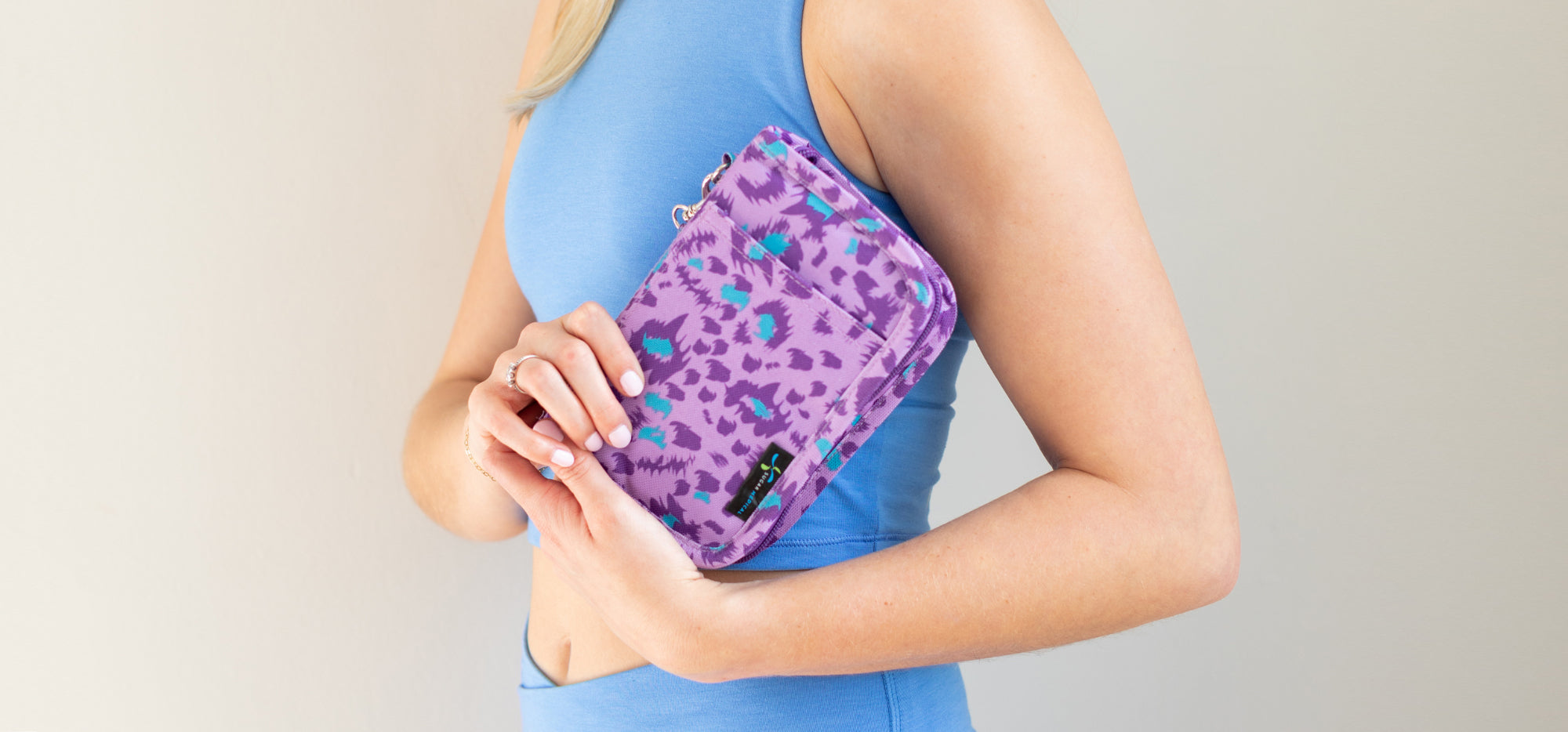
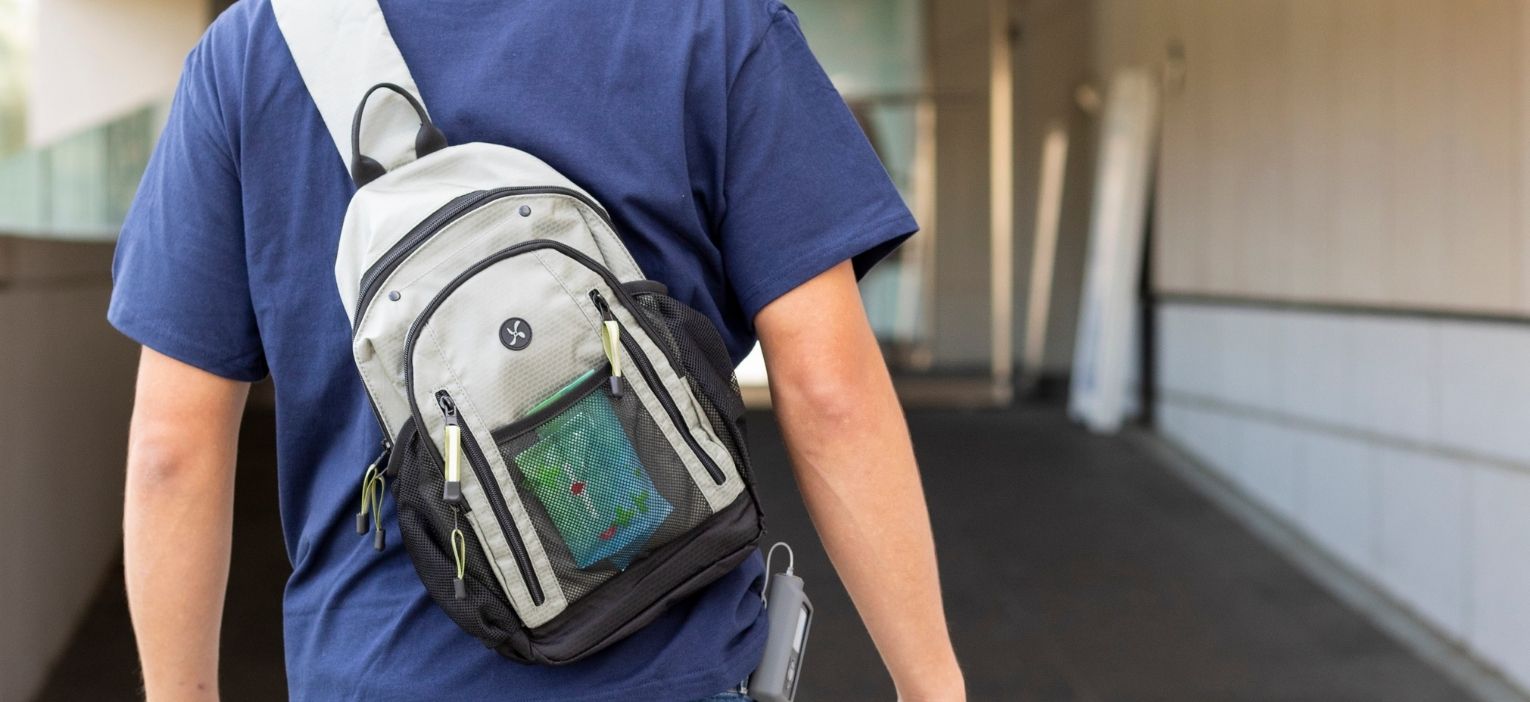
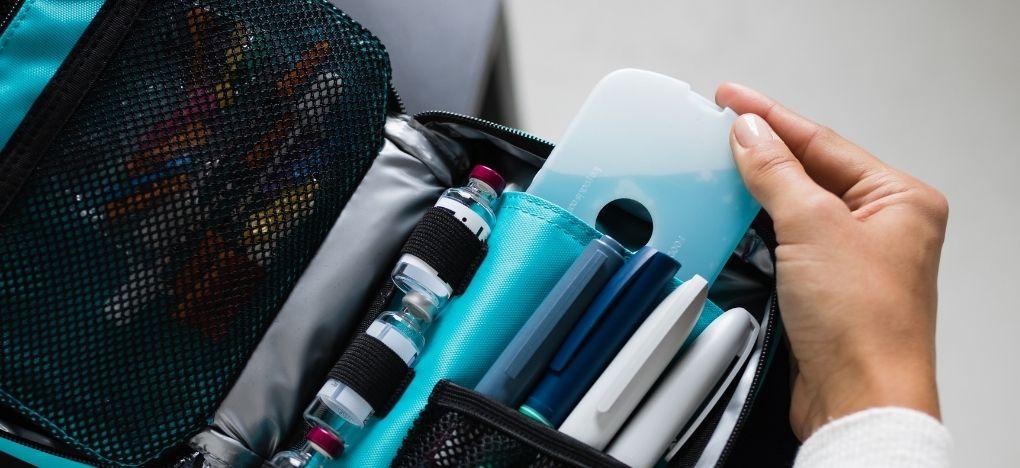
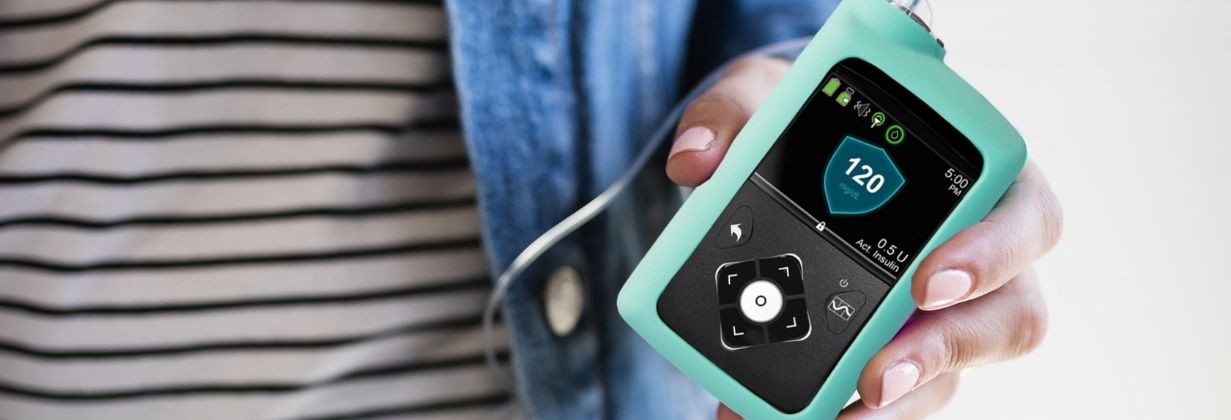
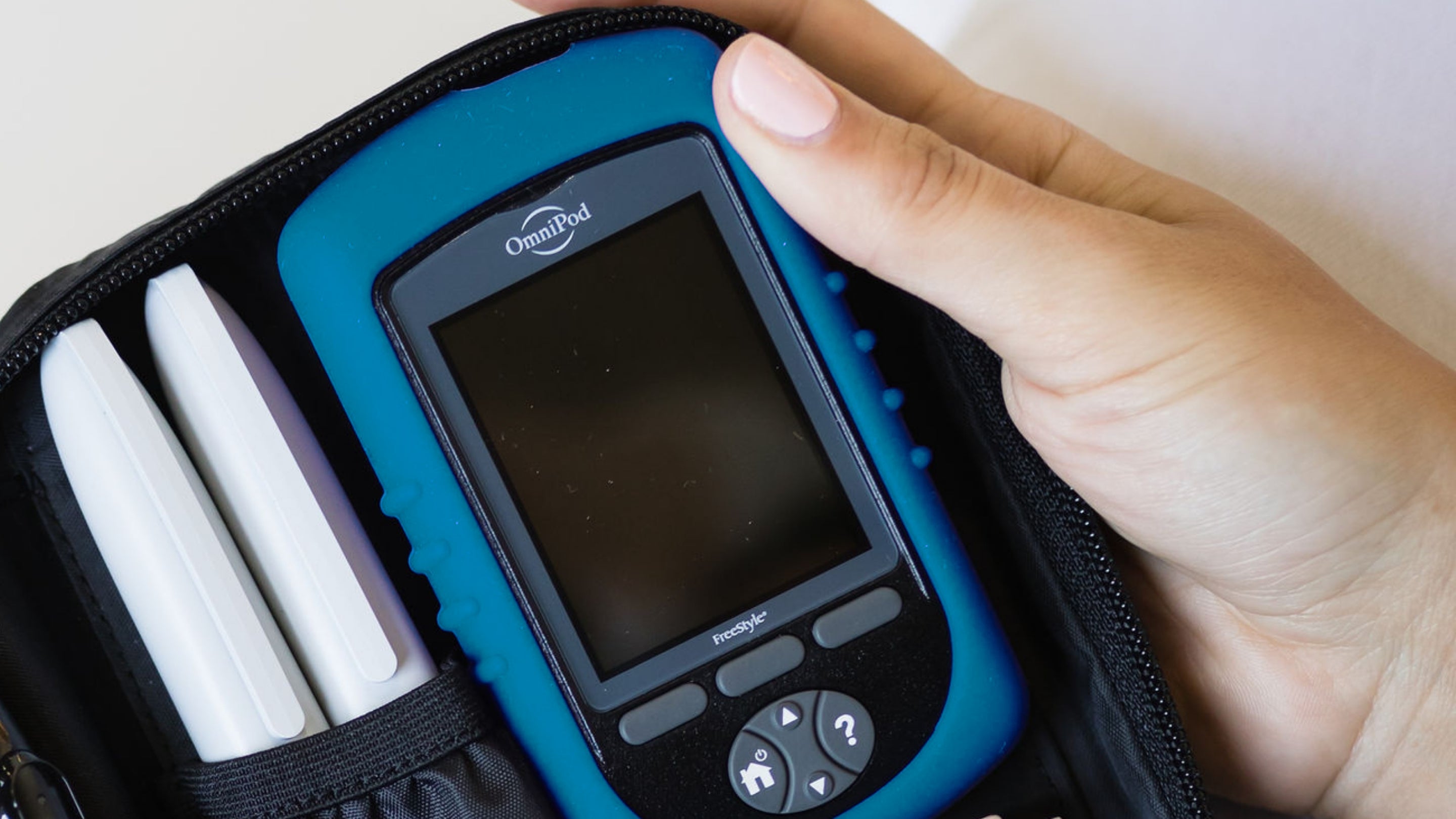



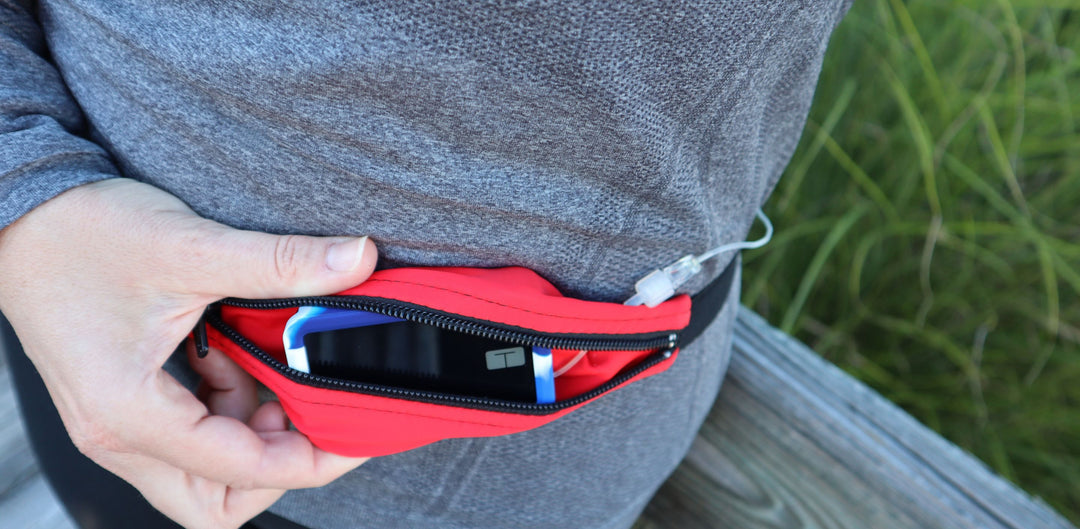
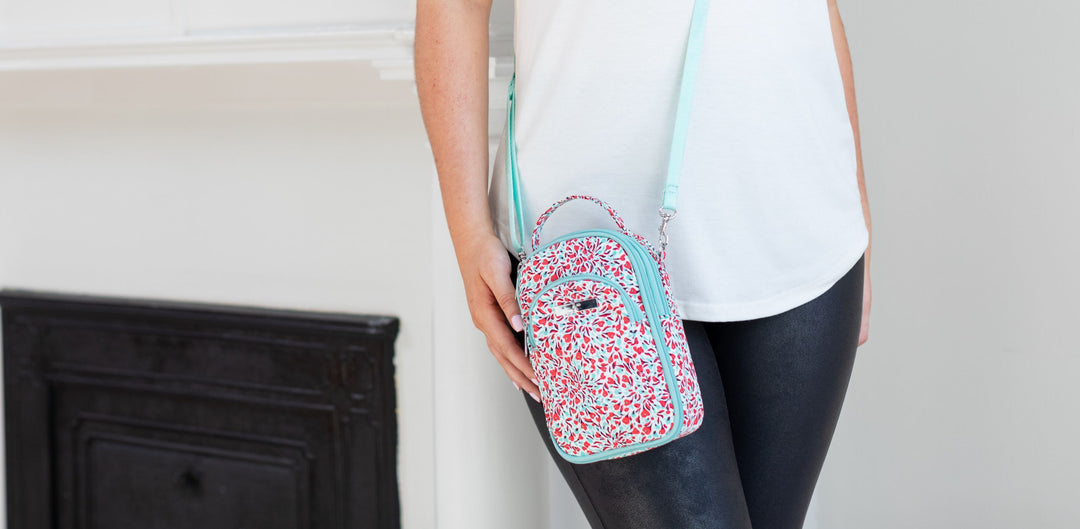
Leave a comment